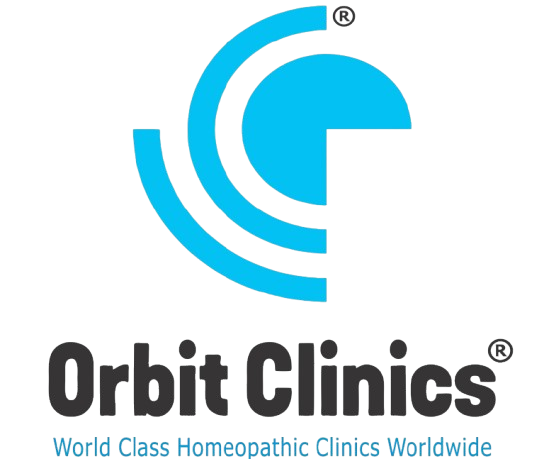What is Materia Medica?

Written by
Dr. Deepak Sharma
BHMS, MD, Ph.D. (Scholar)
Homeopathic Physician and Educator
Founder – Orbit Clinics
Introduction:
Materia Medica is a term deeply entrenched in history, which has evolved over time to encompass an extensive body of knowledge concerning the properties, uses, and effects of substances utilized for therapeutic purposes. Although the term may appear archaic, the concept of Materia Medica remains pertinent even in today’s era of advanced pharmaceuticals and molecular medicine. Join us on a journey as we delve into the origins, importance, and contemporary relevance of Materia Medica.
The Origins of Materia Medica:
Tracing its roots back to ancient civilizations, Materia Medica initially comprised the scholarly works and records of healers who meticulously documented the therapeutic properties of various natural substances. The term itself originates from Latin, where “materia” signifies material or substance, and “medica” pertains to medicine or healing. Consequently, it represents the systematic study of substances employed to cure illnesses and foster well-being.
One of the earliest known instances of Materia Medica is the “Ebers Papyrus,” an ancient Egyptian medical text dating back to 1550 BCE. This document encompasses a wealth of information on diverse plants, minerals, and animal substances employed to treat numerous ailments. Over the centuries, the concept of Materia Medica expanded to incorporate medical knowledge from various cultures, including Greek, Roman, Chinese, and Ayurvedic medicine.
The Significance of Materia Medica has been instrumental in shaping medical knowledge throughout history. By cataloging the therapeutic properties of various substances, practitioners established a foundation for the study and practice of medicine.
The following key aspects underscore the significance of Materia Medica:
- Systematic Documentation: Materia Medica has been crucial in instituting a systematic approach to document and organize knowledge related to the properties and uses of therapeutic substances. It has supplied a framework for comprehending the medicinal properties of plants, minerals, and other substances, allowing their more targeted and informed application.
- Cross-cultural Exchange: As Materia Medica evolved, it integrated knowledge from diverse cultures and healing traditions, fostering the exchange of medicinal practices and promoting a more comprehensive understanding of health and wellness.
- Basis for Modern Medicine: The foundations of modern pharmacology can be traced back to the study of Materia Medica. Many contemporary medicines, particularly those derived from plants, have their roots in the traditional uses documented in Materia Medica.
Contemporary Relevance of Materia Medica:
In the current landscape of advanced medical technology and synthetic pharmaceuticals, Materia Medica retains immense value. It functions as a valuable resource for research and drug discovery and continues to inspire the development of new medicines. Some contemporary applications of Materia Medica include:
- Ethnopharmacology: Researchers persist in investigating the traditional uses of plants and other substances across various cultures, often with the assistance of Materia Medica texts. This research, known as ethnopharmacology, can yield valuable leads for the discovery and development of new drugs.
- Natural Product Chemistry: The study of natural substances and their potential therapeutic properties remains a critical area of scientific inquiry. Materia Medica serves as an invaluable reference for identifying potential candidates for further investigation.
- Integrative Medicine: As medical practice shifts towards a more holistic and patient-centered approach, the knowledge contained within Materia Medica offers essential insights into the potential benefits and applications of traditional therapies.
Homeopathic Materia Medica:
Homeopathic Materia Medica is an extensive compilation of information on various homeopathic remedies employed in homeopathic medicine. It furnishes detailed descriptions of the sources, preparation methods, and therapeutic properties of each remedy. Homeopathic practitioners rely on Materia Medica to comprehend the characteristics, symptoms , and indications of homeopathic remedies, guiding them in selecting the most appropriate remedy for each individual patient.
Conclusion:
Materia Medica has played a pivotal role in the evolution of medical knowledge and practice throughout history. Despite the advent of modern pharmaceuticals and medical technologies, its enduring relevance is evident in ongoing research, drug discovery, and the growing interest in integrative and homeopathic medicine.
By offering a systematic documentation of traditional therapies, Materia Medica has fostered cross-cultural exchange and established the groundwork for modern pharmacology. Today, it continues to inform and inspire researchers, practitioners, and patients alike, as they seek to expand their understanding of health and wellness and explore the vast potential of natural substances in the pursuit of healing and well-being.




